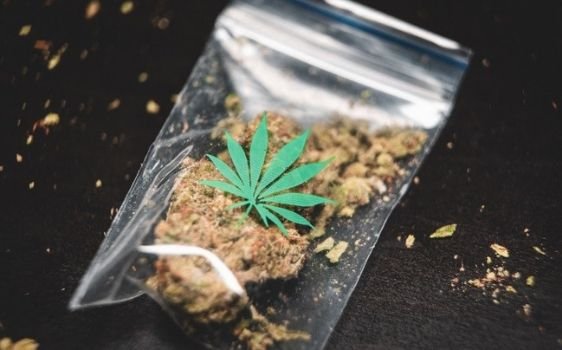Marijuana is a widely debated topic – from its classification as a drug to its medical applications, there is no shortage of opinions on the matter. But what about it’s effects? In this article, we’ll explore “Is Marijuana a Stimulant or a Depressant”, and how it can affect our bodies and minds.
Is Marijuana a Stimulant or a Depressant?
The short answer is that it depends. The effects of marijuana depend on the strain, the method of ingestion, and the individual person. Some people find that marijuana is a stimulant, while others find it to be a depressant.
Marijuana strains can be broadly classified as indica or sativa. Indica strains are typically more relaxing, while sativa strains are more uplifting and energizing. However, there is significant overlap between these two categories, and many strains have characteristics of both.
The method of ingestion also affects the effects of marijuana. Smoking or vaporizing marijuana will typically produce different effects than consuming edibles.
Finally, it’s important to remember that everyone reacts to marijuana differently. Some people find it to be a very effective treatment for pain or anxiety, while others find that it makes them feel paranoid or anxious.
Short and Long Term Effects of Marijuana – Stimulants vs. Depressants
There are a variety of drugs which can be classified as stimulants or depressants, and marijuana is one such drug.
The effects of marijuana on the body will depend on a number of factors, including the potency of the strain, the amount consumed, and the individual’s physiology. In general, however, marijuana tends to have more relaxed and mellow effects when compared to other drugs in its class.
Stimulants can have short-term effects such as increased heart rate and blood pressure, dilated pupils, and increased alertness. They can also have long-term effects such as addiction and dependence.
Depressants are drugs that slow down the nervous system. They can make you feel calm and relaxed. Depressants can have short-term effects such as impaired coordination, drowsiness, and slowed reflexes. They can also have long-term effects such as addiction and dependence.
Can Marijuana Help with Anxiety, Depression, and Stress?
Marijuana is often thought of as a relaxant, and while it can have some calming effects, it is also a complex drug with various effects. While marijuana may help with some forms of anxiety, depression, and stress, it can also worsen other forms or symptoms. It’s important to be aware of the possible effects of marijuana before using it for any reason.
Marijuana can cause both short-term and long-term anxiety. In the short-term, marijuana can make users feel paranoia or panic.
Long-term anxiety can be caused by chronic use of marijuana. Depression is another common emotion characterized by feelings of sadness, emptiness, or hopelessness.
In the short-term anxiety, marijuana can amplify negative emotions and make users more prone to depression. Long-term depression can be caused by chronic use of marijuana. Stress is a common feeling characterized by tension, overwhelmed feeling, or pressure.
How to Find Balance Between Stimulant and Depressant Effects of Marijuana
Here are some tips to help you find the right balance for you:
1. Start with a small dose. When trying marijuana for the first time, or if you are unsure of its effects, start with a small dose. This will help you to gauge its effects on your body and mind before taking a larger dose.
2. Be aware of your own reaction. Everyone reacts differently to marijuana, so it is important to be aware of your own reaction. If you find that it makes you feel anxious or paranoid, try a different strain or take a smaller dose next time.
3. Find the right strain for you. There are many different strains of marijuana, each with its own unique effect. Some strains are more likely to cause stimulating effects while others may be more likely to cause sedating effects.
4. Try different methods of ingestion. Marijuana can be ingested in many different ways, including smoking, vaporizing, edibles, and tinctures. Each method will produce different effects, so experimentation is key in finding the right one for you.
5. Balance your intake throughout the day. If you find that marijuana makes you drowsy, try taking it earlier in the day so that you can benefit from its stimulating effects in the afternoon or evening.
6. Stay hydrated and eat well. Marijuana can have a dehydrating effect, so make sure to drink plenty of water throughout the day. Eating a healthy diet with plenty of fruits and vegetables can also help your body process the effects of marijuana more effectively.
Conclusion
In conclusion, marijuana is neither a stimulant nor a depressant, but rather it has complex effects that can vary depending on the strain and how it is consumed. The effects range from mild stimulation to sedation and relaxation. It is important to note that marijuana can have both long-term and short-term health risks, so if you choose to use it you should be aware of these potential risks. Ultimately, Is Marijuana a Stimulant or a Depressant, it depends on your circumstances and personal preferences.






